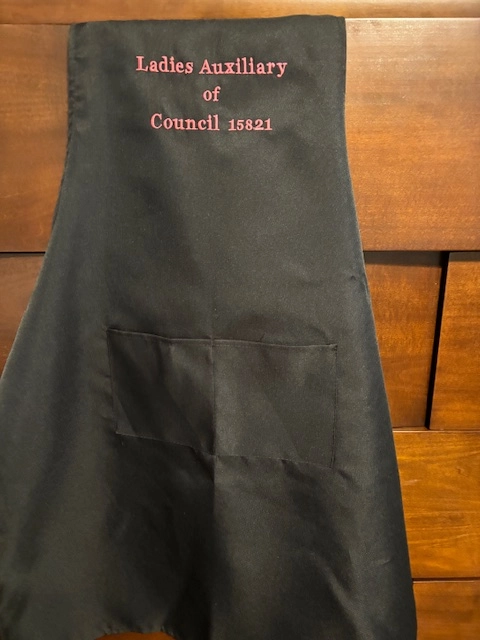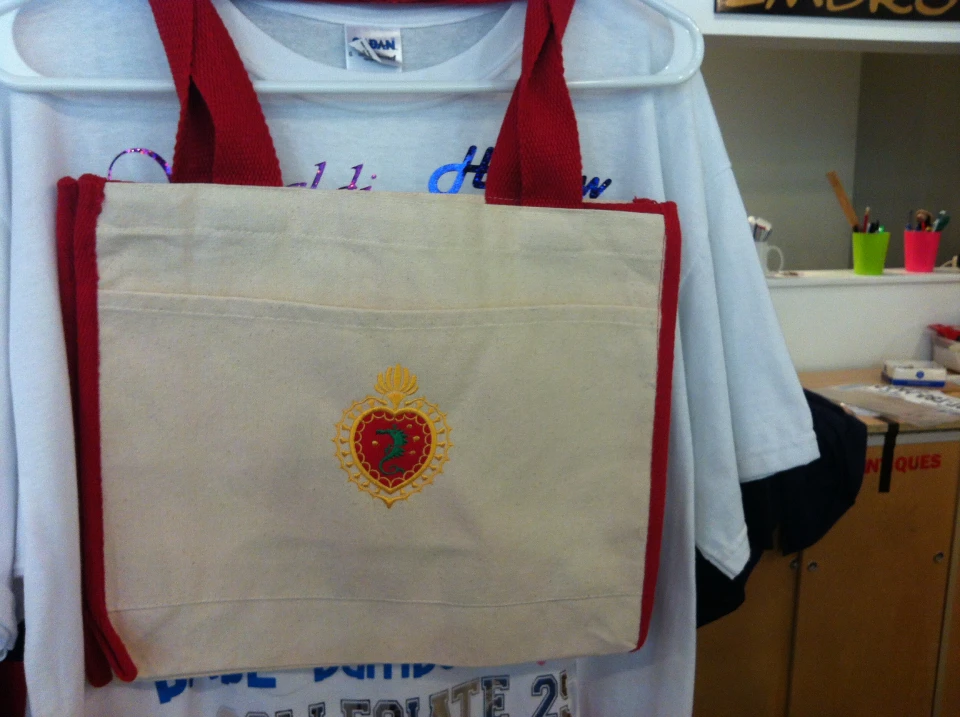The Art of Custom Needlework: Opening the Secrets to Creating Distinct and Unforgettable Styles
The tricks to producing personalized needlework designs that astound the eye and leave a lasting impact lie in a fragile equilibrium of technique, imagination, and interest to information. As we dive right into the world of custom-made needlework, we reveal the nuanced interplay between thread selection, sew complexity, and design customization that elevates a simple garment to a work of art.
Selecting the Right Embroidery Threads
When selecting needlework threads, what vital variables should you think about to make certain the very best results for your customized styles? The selection of needlework string is critical in figuring out the final end result of your stitched layout. Among the key factors to consider is the material of the thread. Different materials such as cotton, polyester, rayon, and silk supply differing levels of sheen, longevity, and structure. It is important to choose a thread product that enhances the textile you are embroidering on and aligns with the wanted look of the style.
Thicker strings can include dimension and texture to your style, while finer strings are perfect for elaborate information and small message. In addition, taking into consideration the color fastness and washability of the thread is vital to make certain that your custom styles maintain their top quality and vibrancy over time.
Discovering Different Stitch Methods
To look into the realm of 'Checking out Various Stitch Strategies', one must realize the details and subtleties that each sewing technique gives the art of needlework. Different stitch methods not just include visual rate of interest however also add to the overall appearance and measurement of the design. One popular stitch method is the satin stitch, which entails closely jam-packed parallel stitches to create a smooth and glossy surface, perfect for filling up in forms and creating bold describes.
On the other hand, the backstitch is a functional strategy usually utilized for outlining and including fine information. It includes sewing backward to produce a strong line of needlework. In addition, the French knot stitch adds a responsive aspect to designs, best for producing textured accents like flower facilities or decorative touches.
Exploring different stitch strategies permits embroiderers to play with light, darkness, and deepness within their styles, elevating the visual charm and creative high quality of their needlework projects. By grasping different sewing approaches, one can unlock limitless possibilities for creating unique and unforgettable custom needlework pieces.
Incorporating Personalized Style Aspects
Having explored the ins and outs of different stitch techniques such as the satin stitch, backstitch, and French knot, the focus now changes in the direction of incorporating personalized style components in custom-made needlework projects. Customized layout components play an important role in making needlework projects absolutely unique and remarkable. One way to integrate personalization is by adding initials, names, or considerable dates to the layout. This not just includes an individualized touch however additionally improves the emotional worth of the needlework piece.
One more way to integrate individualized style try here components is by including icons or themes that hold unique meaning to the recipient or mirror their interests and individuality. For instance, integrating a preferred flower, pet, or hobby-related icon can make the needlework design more meaningful and customized. Furthermore, selecting shades that resonate with the recipient or align with the intended style can further enhance the personalization of the needlework project.
Mastering the Art of Shade Coordination

One key aspect of color sychronisation is understanding shade theory. This includes understanding exactly how different colors engage with each various other, the emotions they convey, and exactly how they can be integrated to develop aesthetically attractive designs. By using shade concept concepts, embroiderers can produce harmonious color combinations that enhance the overall look of the shirts made to order design.
Furthermore, focusing on contrast is essential in color coordination. Utilizing contrasting shades can aid particular aspects of the design pop, improve readability, and produce a visually dynamic embroidery item. By mastering the art of shade sychronisation, embroiderers can raise their styles and create unforgettable pieces that reverberate with customers and visitors alike.
Enhancing Texture With Advanced Embroidery Stitches

Bullion knots, on the various other hand, can be made use of to develop twisted, ropelike aspects that add an elegant feel to the needlework. Exploring click for info with these advanced needlework stitches allows you to push the limits of traditional needlework and create really one-of-a-kind and visually enticing appearances in your designs.
Conclusion
To conclude, the art of personalized embroidery involves a mix of choosing the best threads, exploring various stitch techniques, including individualized design aspects, grasping color sychronisation, and boosting texture with innovative stitches. By comprehending and executing these crucial elements, embroiderers can produce one-of-a-kind and memorable layouts that display their creative thinking and ability. Needlework enthusiasts can open the keys to developing attractive and custom pieces that stand out and leave a long-term perception.